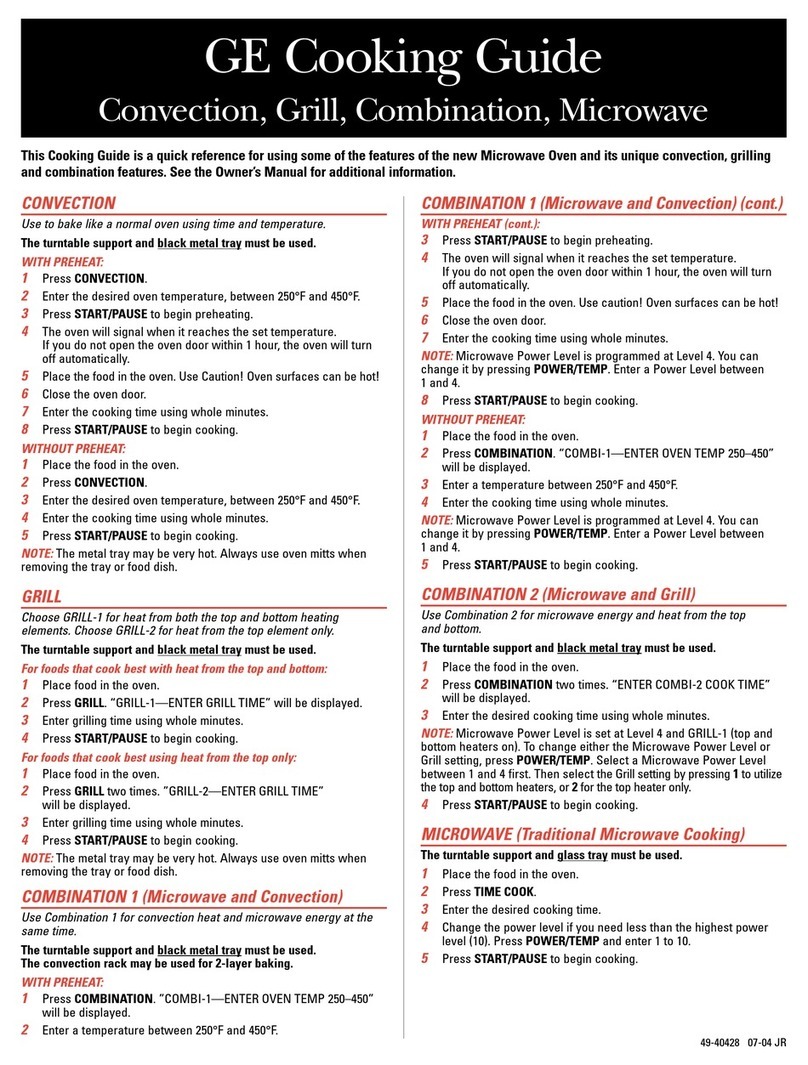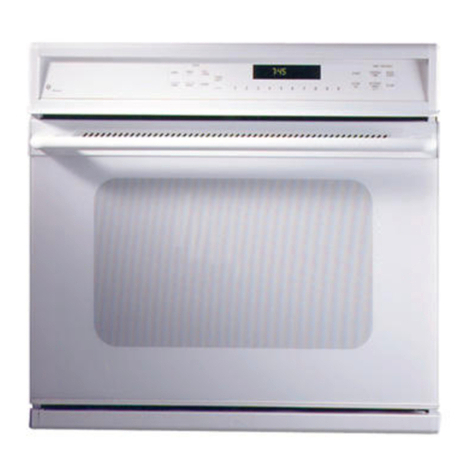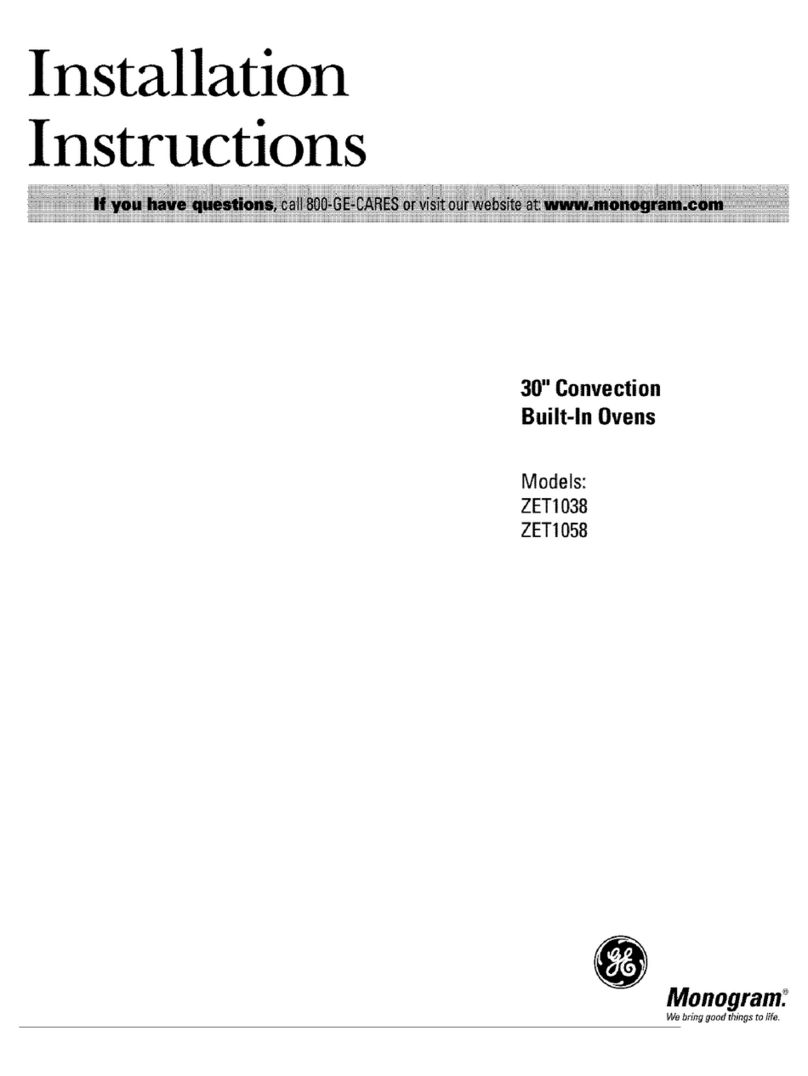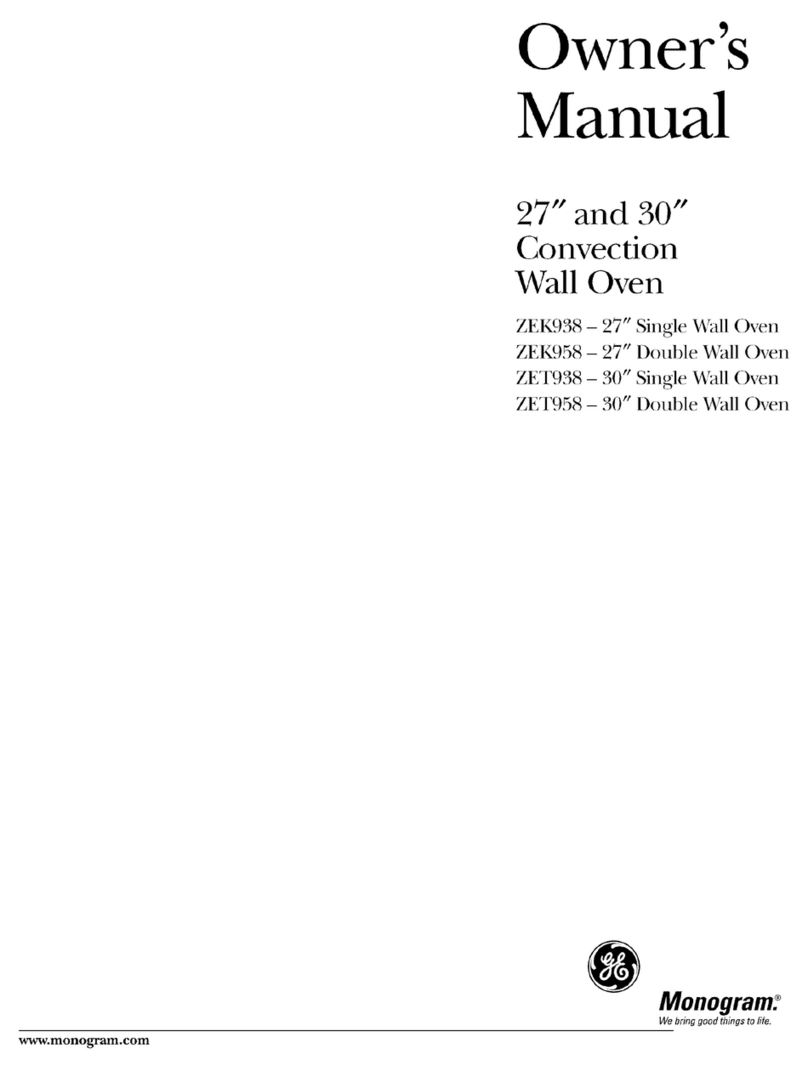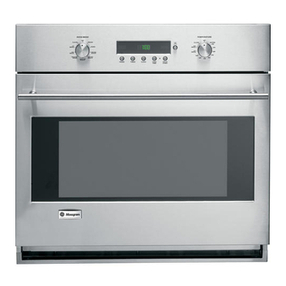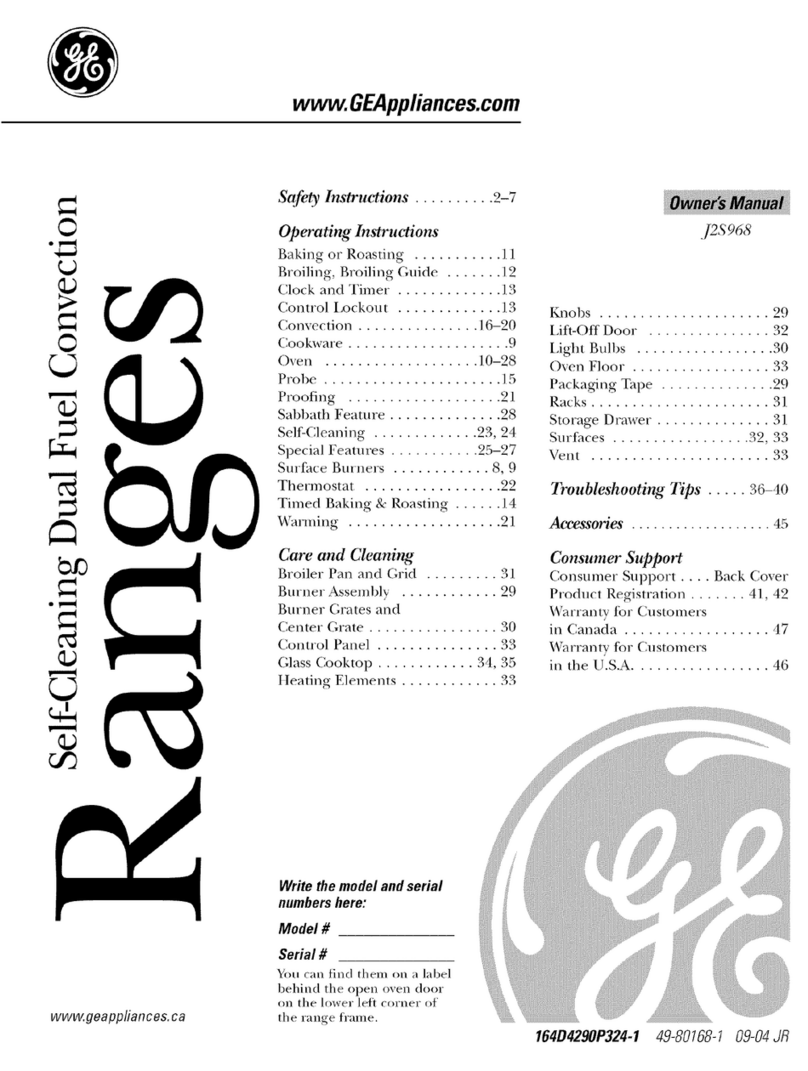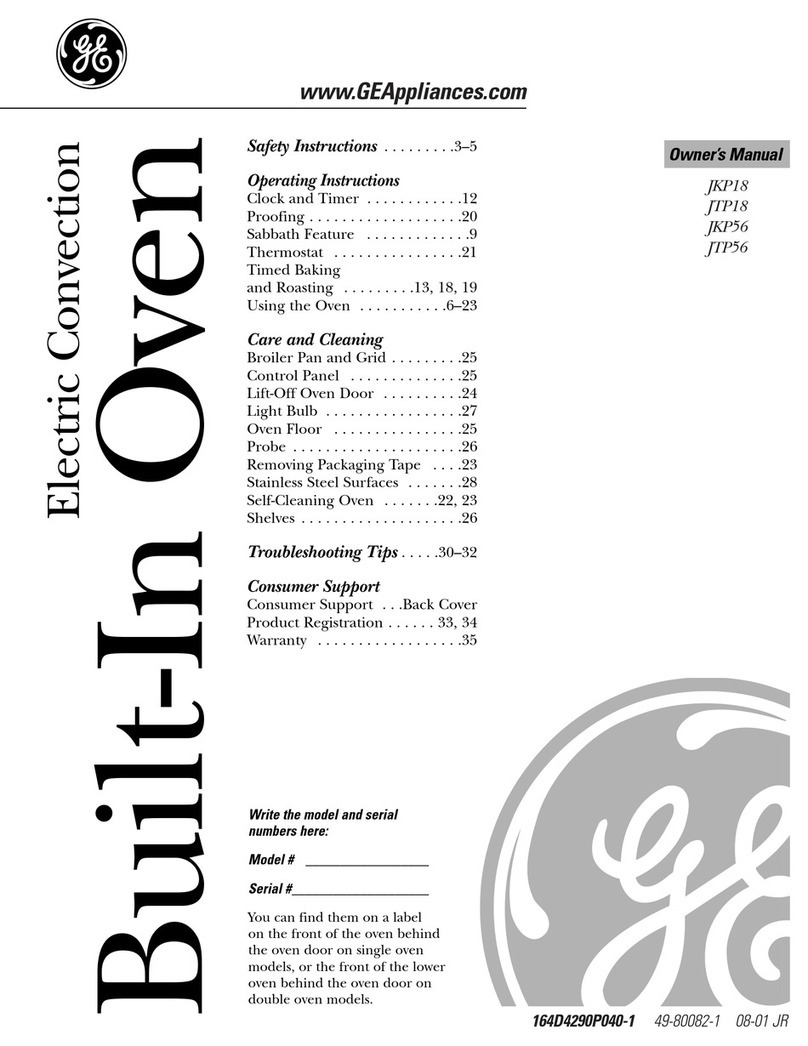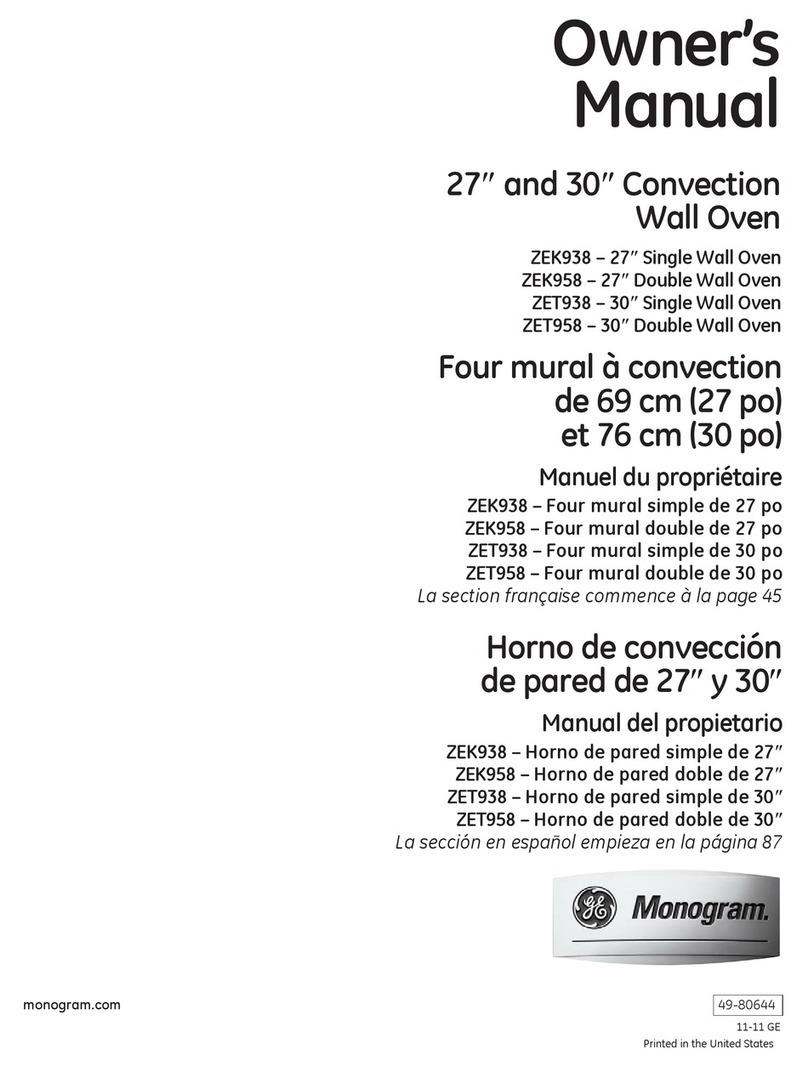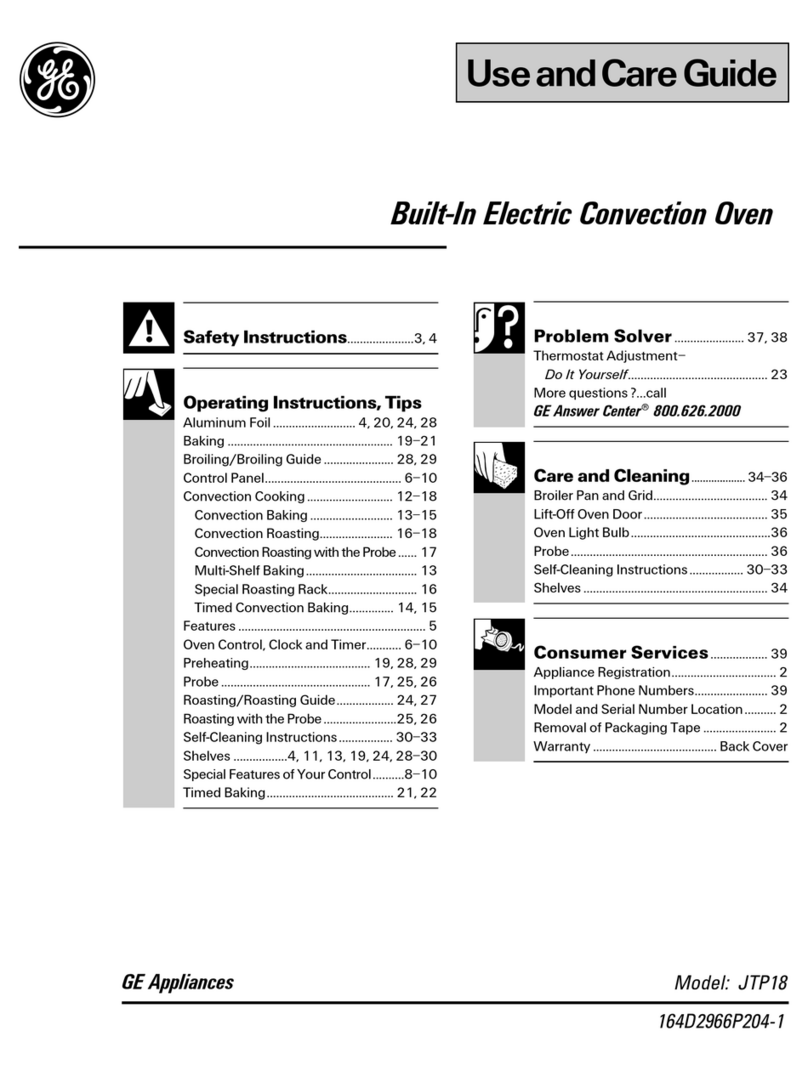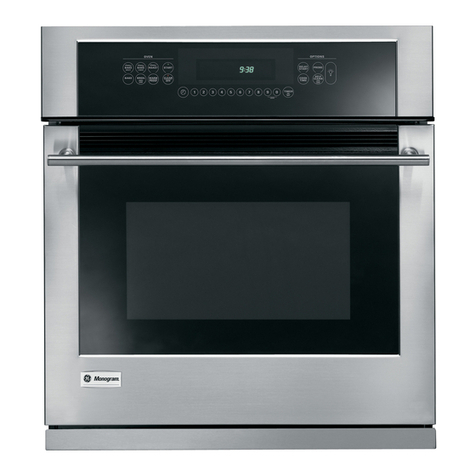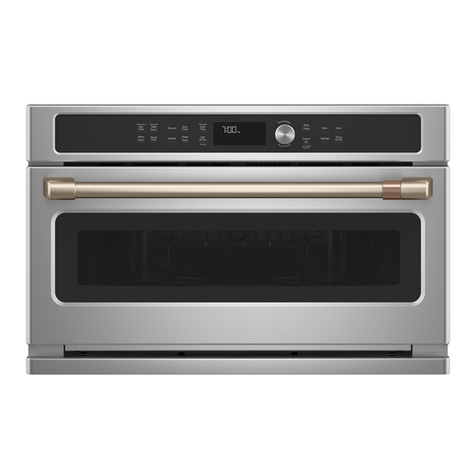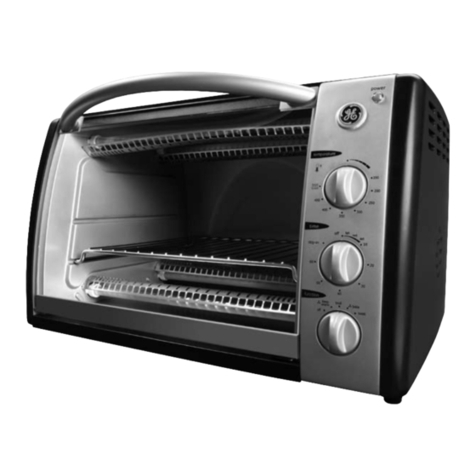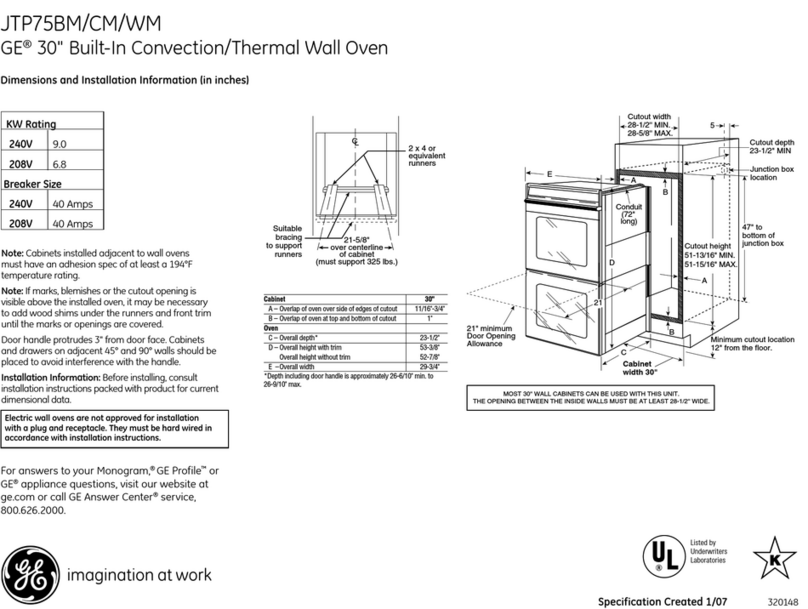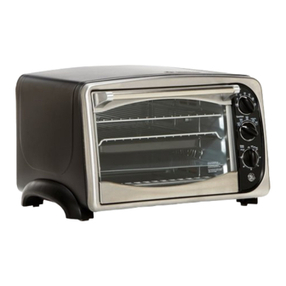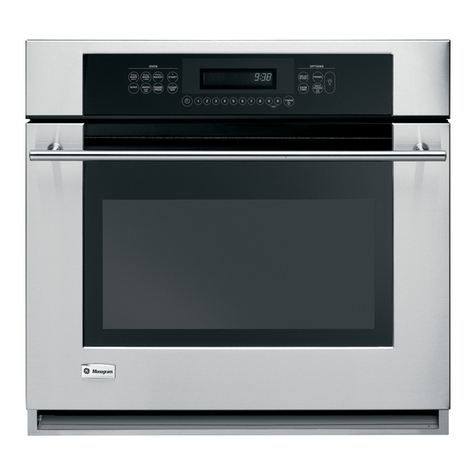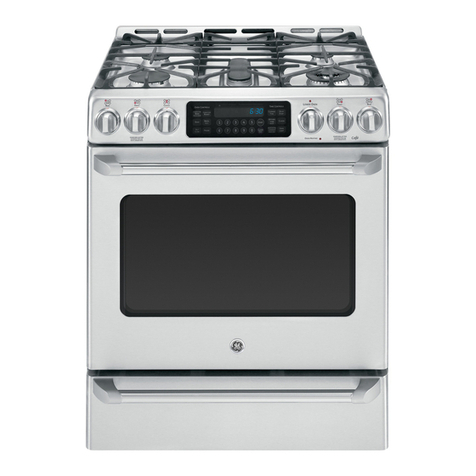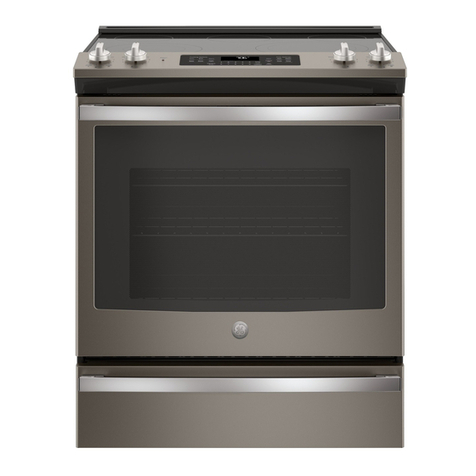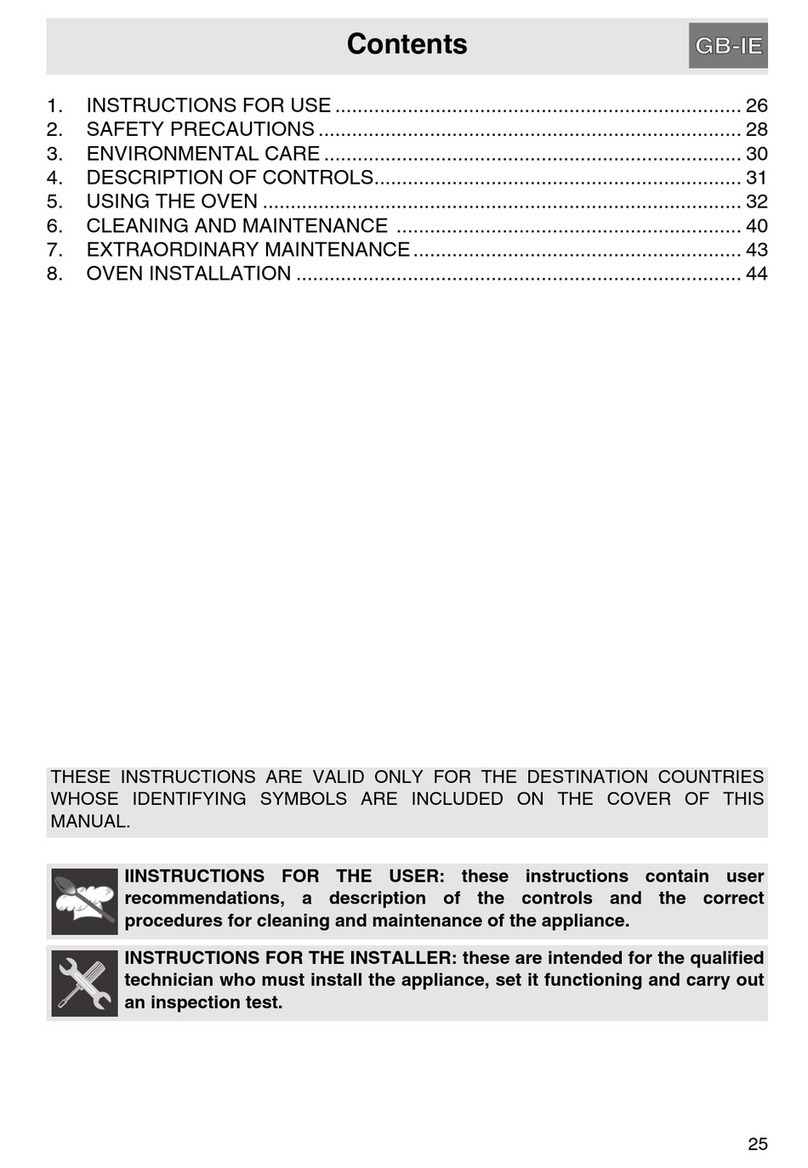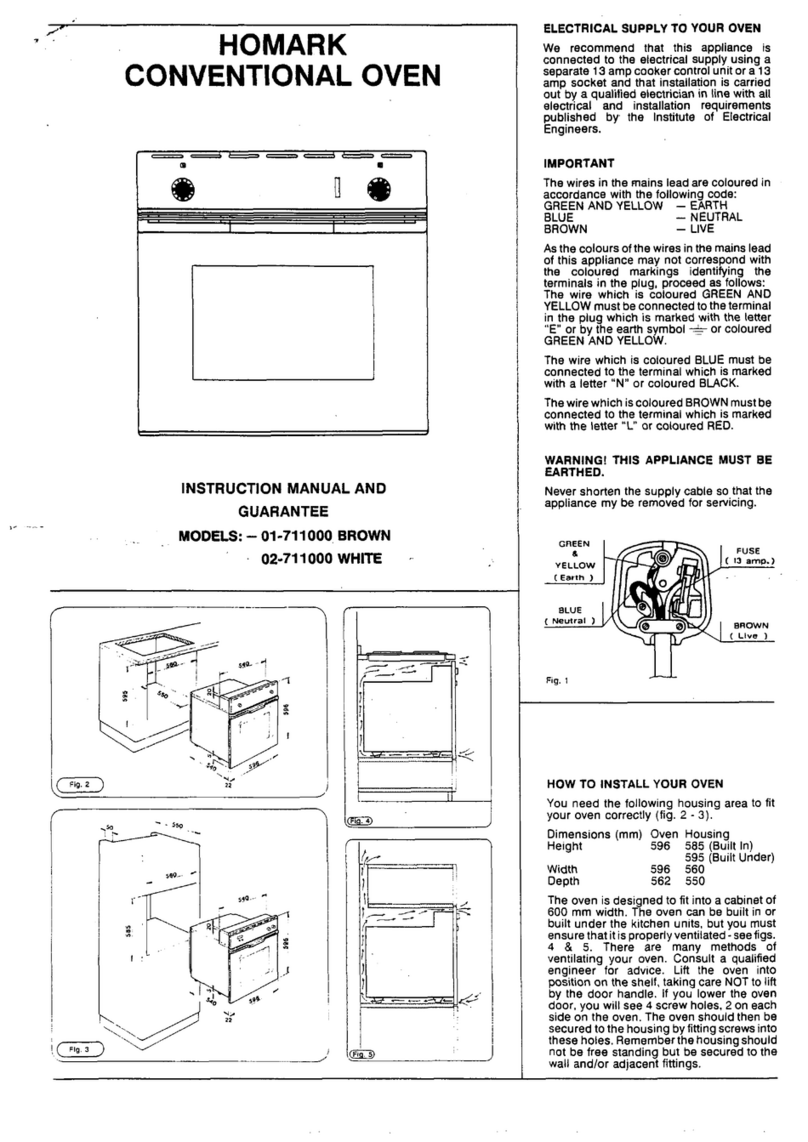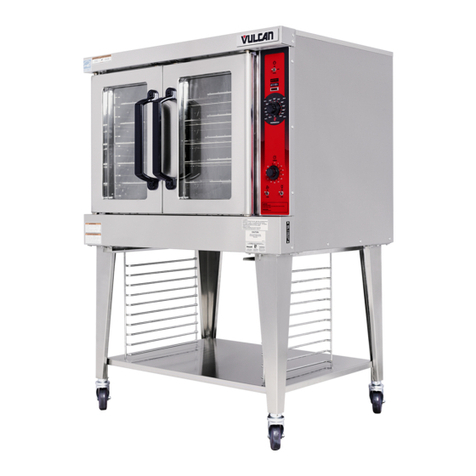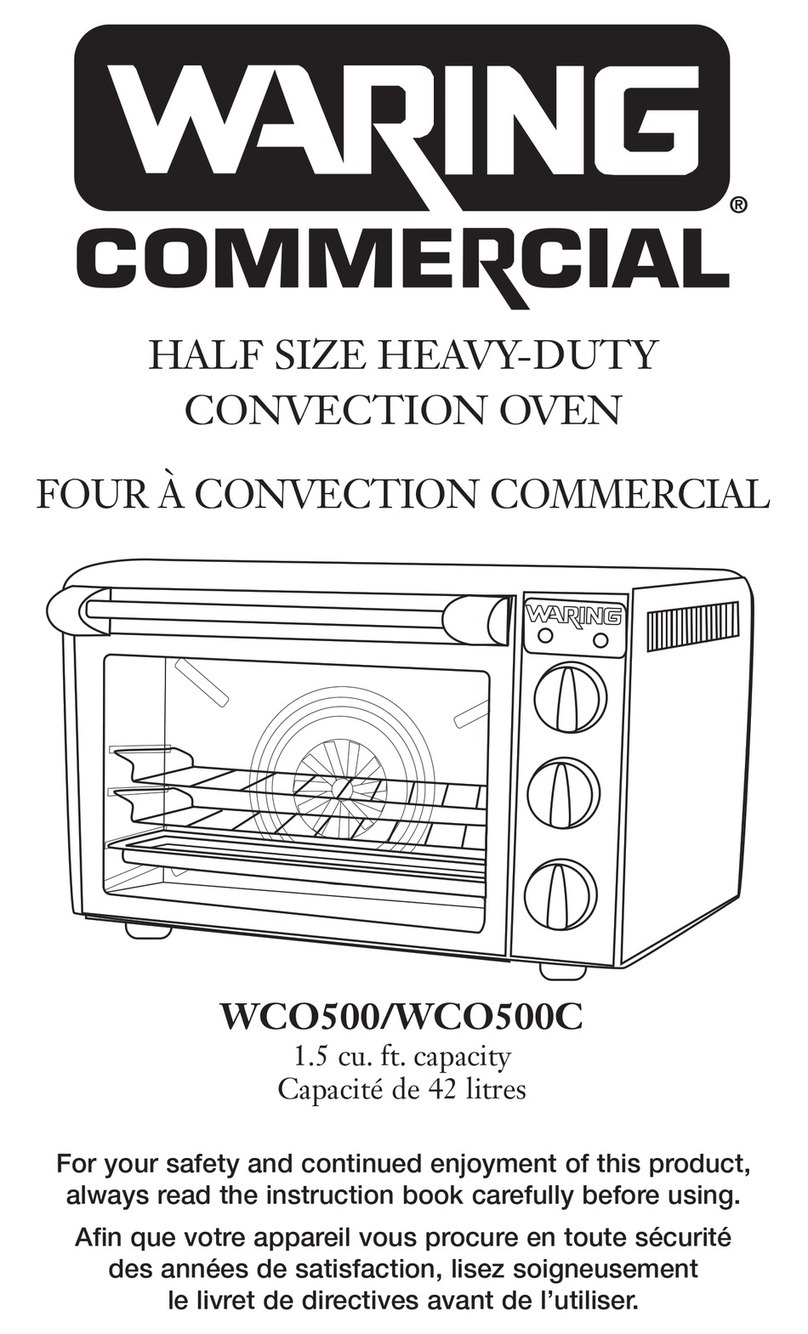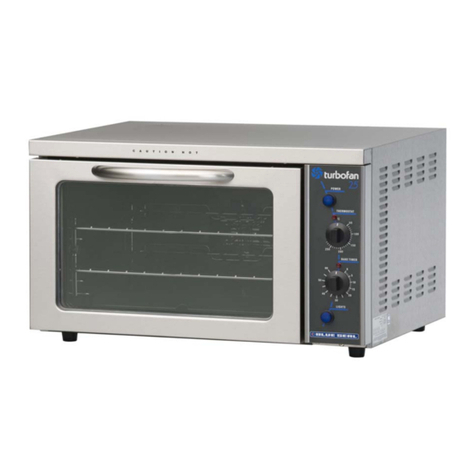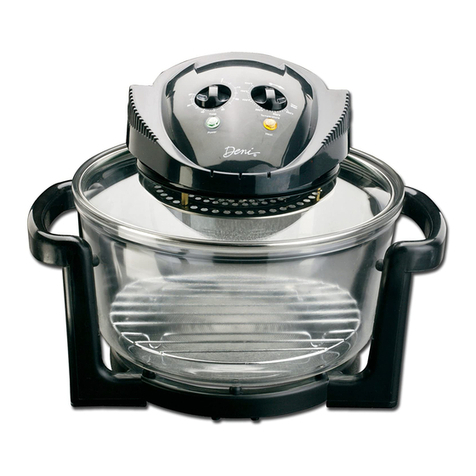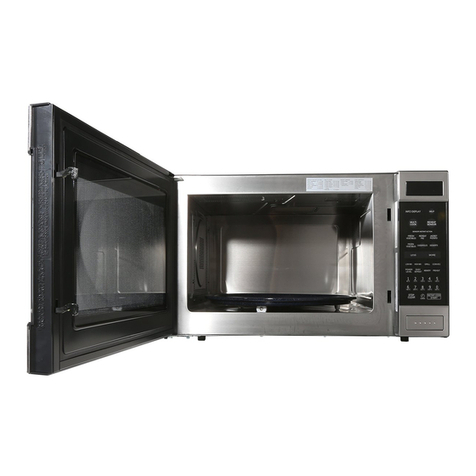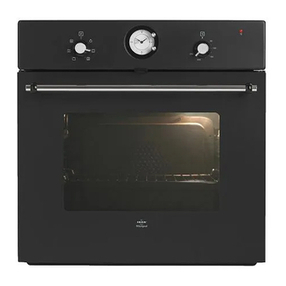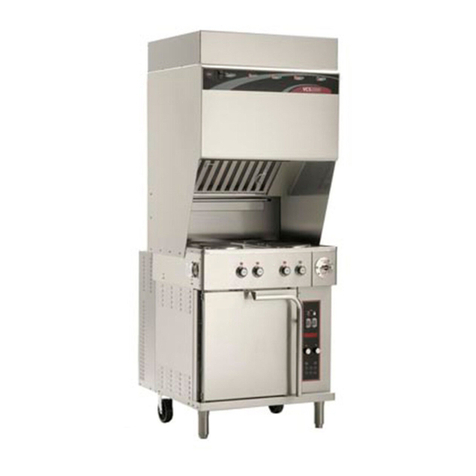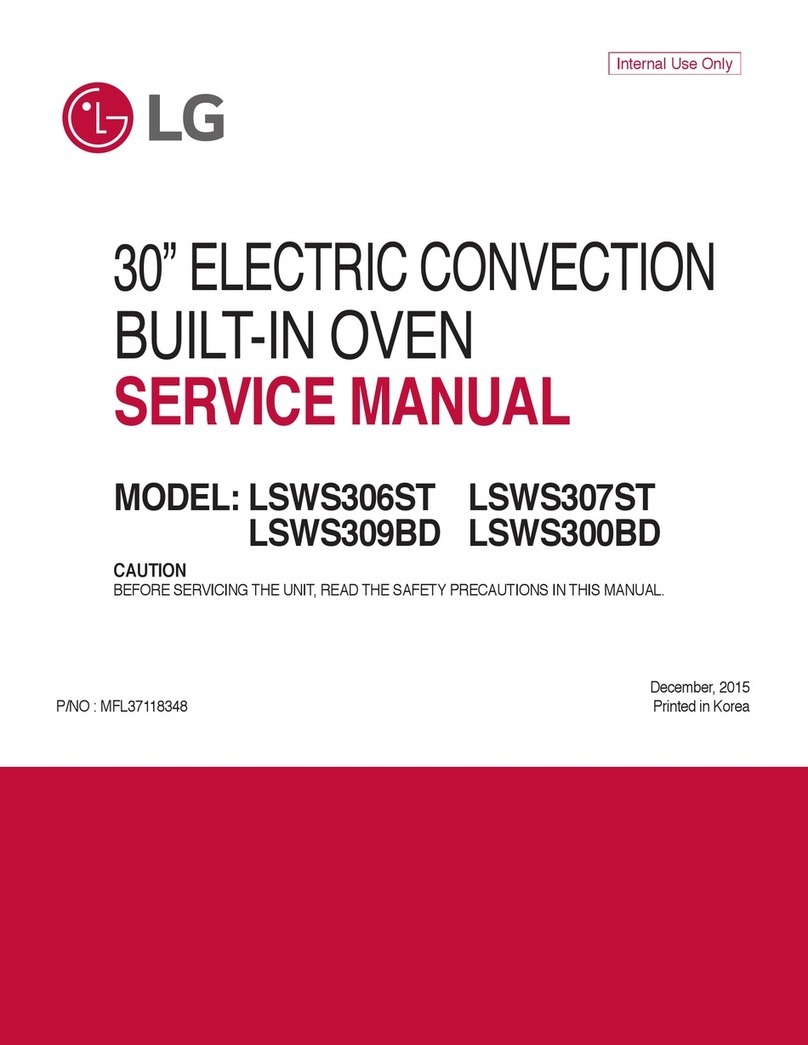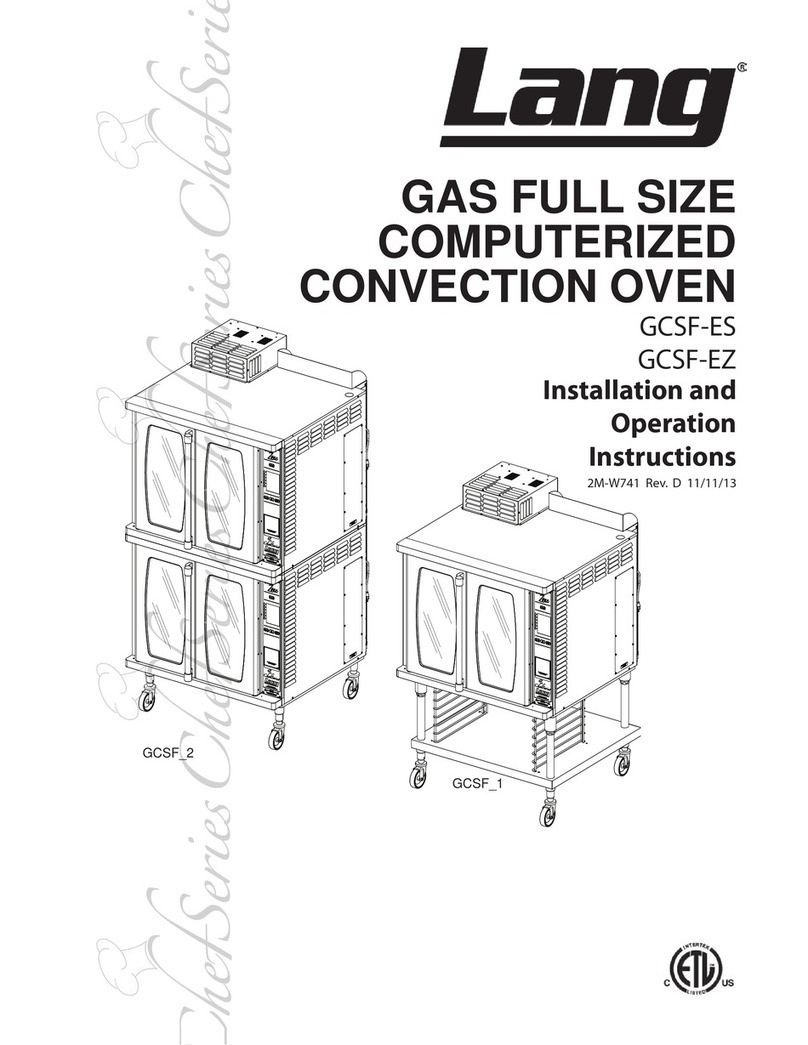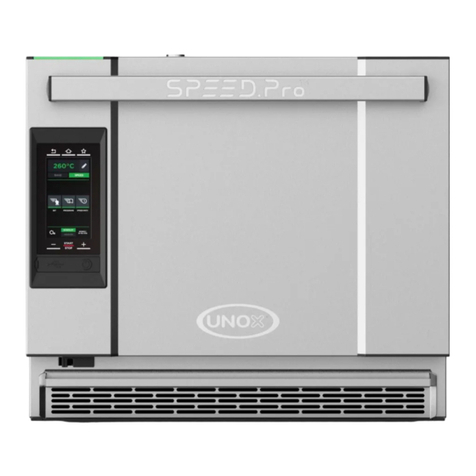12 Hour Shut-Off
With this feature, should you forget and leave the
oven on, the control will automatically turn off the
oven after 12 hours during baiting functions or after
3 hours during a broil function. If you wish to turn
off this feature, follow the steps below.
_ 1. Press the upper oven BAKE
L L3 and BROIL HI/LO at the same
time for 2 seconds until the
display shows "SE"
2, Press DELAY START. The
display will show "12 shdn"
(12 hour shut-off). Press
DELAY START again and the
display will show "no shdn"
(no shut-off).
@ 3. Press START to activate the no
shut-off and leave the control set
in this special features mode.
NOTE: This activates this special feature in both ovens.
Cook and Hold
Your new control has a cook and hold feature that
keeps cooked foods wm-m for up to 3 hours after the
cooking fimction is finished. To activate this feature,
follow the steps below.
_ _ 1. Press the upper oven BAKE
and BROIL HI/LO at the same
time for 2 seconds until the
display shows "SF"
NOTE-' Cook and hold in the
upper and lower ovens will need
to be set separately° Once you
have completed step 1 follow
the steps below pressing the
upper or lower oven pads
depending on which oven you
want to use cook and hold in.
2. Press COOKING TIMEo The
display will show "Hid OFE"
--Press COOKING TIME again
to activate the feature° The
display will show "Hid ON."
3. Press START to activate the
cook and hold feature and
leave the control set in this
12 Hour, 24 Hour or Clock Black-Out
Your control is set to use a 12 hour clock. If you
would prefer to have a 24 hour military time clock or
black-out the clock display, follow the steps below.
_ _ 1. Press the upper oven BAKE
and BROIL HI_/LO at the same
time for 2 seconds until the
display shows "SE"
2. Press CLOCK once_ The
display will show "12 hro"
--Press CLOCK again to
change to the 24 hour military
time clock. The display will
show "24 hr,,"
--Press CLOCK again to black-
out the clock display, The
display will show "OFF."
3. Press START to activate your
choice and leave the control set
in this special features mode_
NOTE: If the clock is in the black-out mode you will
not be able to use the Delay Start function.
Control Lockout
Your control will allow you to lock down the touch
pads so they cannot be activated when pressed.
_1. Press the upper oven BAKE
and BROIL HI/LO at the same
time for 2 seconds until the
display shows "SF:'
2. Press AUTO SELF CLEANThe display will show
"LOC OFF."
--Press AUTO SELF CLEAN
again° The display will
show "LOC?'
@3. Press START m activate the
control lockout feature and
leave the control set in this
special features mode°
When this feature is on and the touch pads are pressed
the control witI beep and the display will show "LOC?'
NOTE:
• This activates this special feature in both ovens,,
• The control lockout mode will not affect the clock,
diner and oven light touch pads. 9
